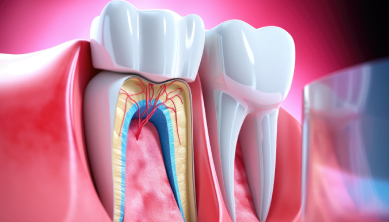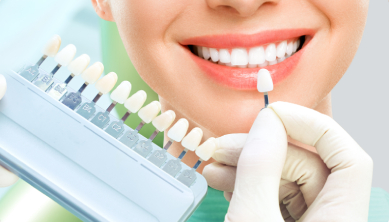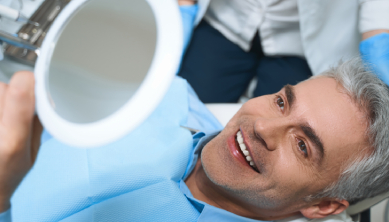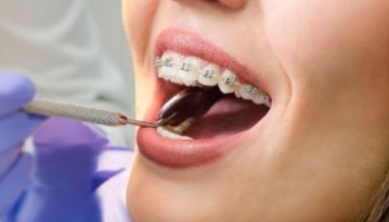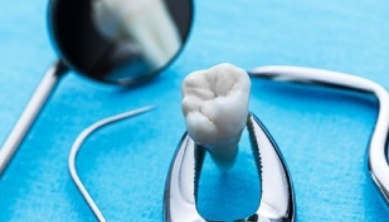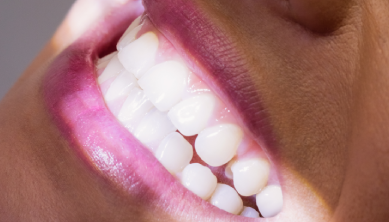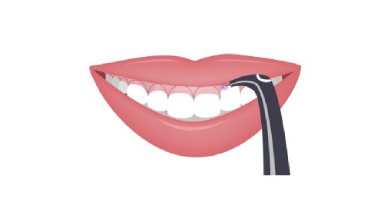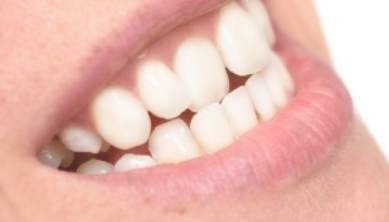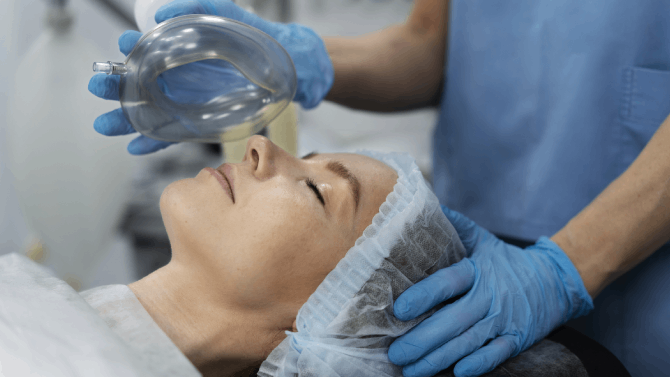
Dental Treatments Under General Anesthesia
What Is General Anesthesia?
General anesthesia refers to the temporary loss of consciousness (deep sleep state) in which pain and reflex responses caused by a surgical stimulus are controlled with medications. Respiration is ensured by maintaining the physiological stability of vital functions such as circulation, blood pressure, and body temperature.
General anesthesia is preferred for adult or child patients with dentophobia, individuals with special needs and for many surgical operations where local anesthesia is insufficient (cyst formation, wisdom teeth extraction, jaw fractures, etc.).
Who Can Be Given General Anesthesia?
With a medical evaluation before general anesthesia administration, individual risks can be identified. As long as risk management can be ensured, every patient can be given anesthesia.
How Is General Anesthesia Administered?
If oral and dental treatment is to be performed under general anesthesia an anaesthetist is consulted. During this consultation, patient is provided with information on general anesthesia. At the same time, patient's medical record is obtained, and a simple physical examination is performed to assess whether there is an obstacle for the use of general anesthesia, and a number of tests are requested before the administration of general anesthesia.
If general anesthesia is to be administered, patient should come for the treatment hungry. Therefore, complaints such as nausea that may occur after general anesthesia can be minimized. Before starting oral and dental treatment, vascular access procedure is performed, and the anesthetic drug is injected into the body through a vein. Then, oral and dental treatment can be started.
How Long Does Dental Treatment Take With The Administration Of General Anesthesia?
Administration of general anesthesia depends on dental treatment methods, the number of teeth to be treated and the treatment to be applied. Anesthesia administration is continued as long as the operation is ongoing.
By Whom And Where Is General Anesthesia Administered?
Dental treatments under general anesthesia are performed by a dentist under the supervision of a specialist general anaesthesiologist in full-fledged operating rooms.
What Should Patients Pay Attention To After Being Given General Anesthesia?
- It is normal that you feel sleepy and tired for a while after general anesthesia, this depends on the painkillers administered during anesthesia.
- After general anesthesia, your dentist may recommend consuming small amounts of soft foods after a few hours, although this may vary depending on the surgery performed.
- After general anesthesia, you can continue to take the medications that you use regularly every day (if you were not told otherwise).
What Are The Advantages Of General Anesthesia?
The advantage of general anesthesia is that while dental treatments are performed, the patient is comfortable. In some cases, patients may need to undergo long-term dental treatment. The fact that oral and dental treatment can be completed in a single session in cases, where the patient has a large number of caries, is an incredible advantage.
Dental Treatments Under General Anesthesia In Children
Dental treatments can be performed while children are under general anesthesia. It is especially preferred in patients under the age of six or with special needs. Since patients are unconscious under general anesthesia, dental treatment can be completed without pain in one session especially in children who have problems with adaptation.
How Long Does The Effect Of General Anesthesia Last?
General anesthesia is administered to prevent the patient from feeling pain during the operation and administration is ceased shortly after the treatment.
Can A Dental Treatment Be Completed In One Session With The Administration Of General Anesthesia?
One of the biggest advantages of undergoing oral and dental treatment under general anesthesia is that it allows dentist to finish the treatment of more than one tooth at once.





